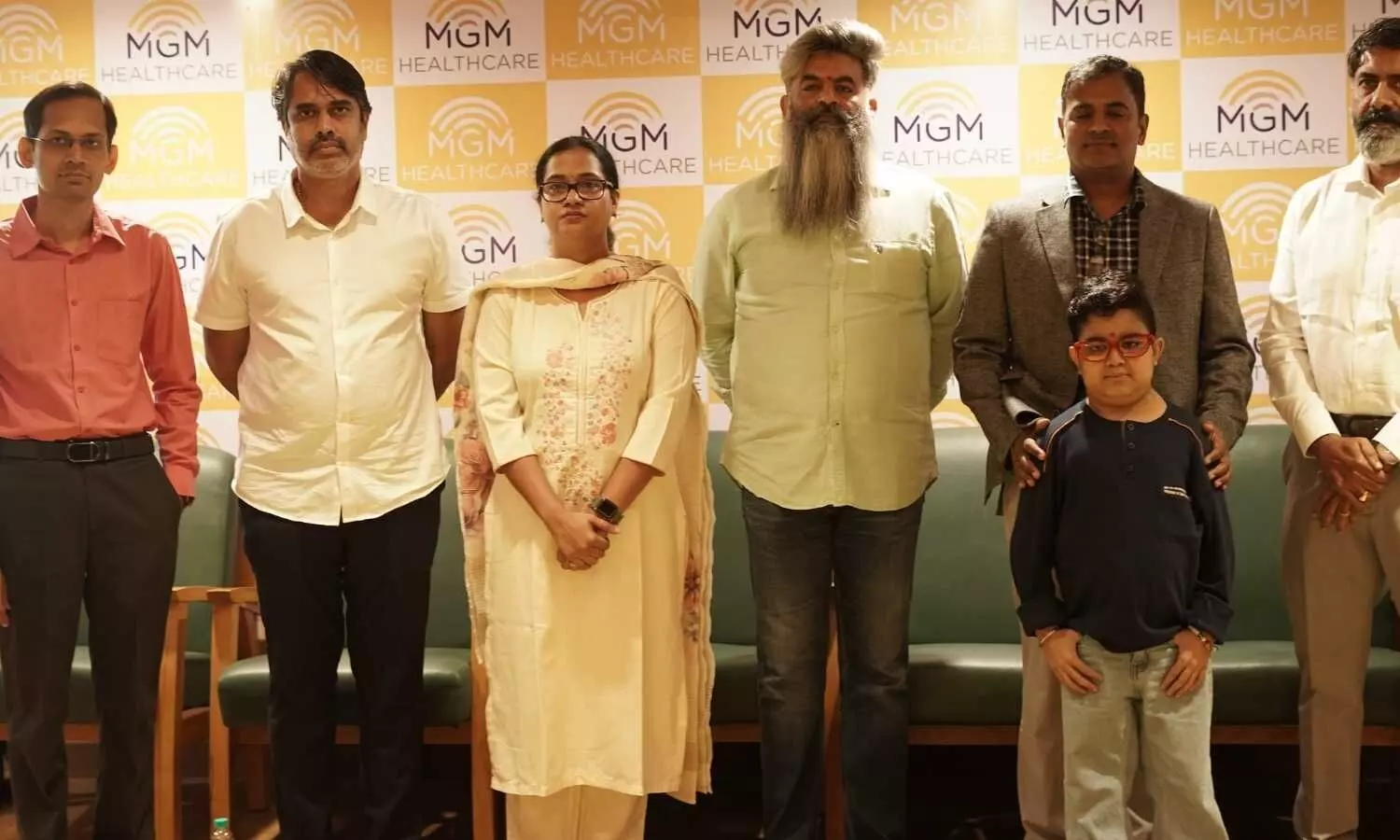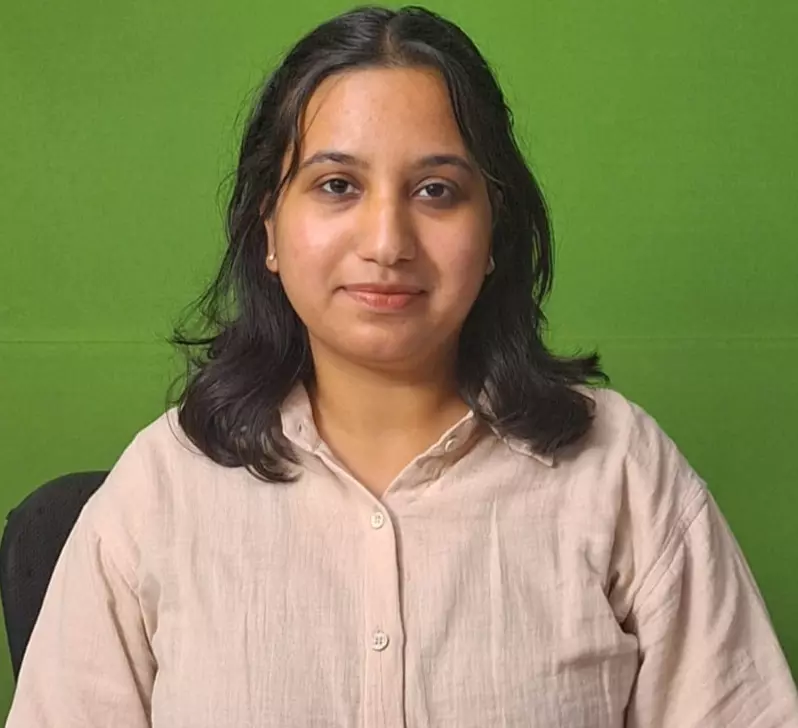MGM Healthcare Performs Complex Kidney Re-Transplant on 12-Year-Old with Rare Vascular Condition

Lucknow: A multidisciplinary team at MGM Healthcare successfully performed a renal re-transplant on a 12-year-old child from Lucknow, born with a rare congenital vascular anomaly (V4 venous anomaly), marked by the absence of major abdominal venous structures.
The patient had previously undergone a kidney transplant that subsequently failed, and was awaiting a re-transplant. However, the absence of the usual venous drainage system presented a significant surgical challenge.
The team demonstrated clinical innovation by identifying and reusing the venous pathways from the previous transplant to facilitate safe placement and perfusion of the new graft.
The old graft was removed with care to preserve the venous structures needed for the second transplant. The child is currently recovering well, with early graft function and no vascular or urological complications.
The procedure was led by Dr Anil Vaidya, Chair and Director, Institute of Multi-Visceral and Abdominal Organ Transplant, MGM Healthcare, with support from Dr Sukanya Govindhan (Consultant Paediatric Nephrologist), Dr Senthil Muthuraman (Senior Consultant, Multi-Visceral and Abdominal Organ Transplant), Dr Ram Gurajala (Interventional Radiologist), and anaesthesiologists Dr Dinesh Babu and Dr Nivash Chandrasekaran.
Explaining the complexity of the condition, Dr Ram Gurajala said, “A V4 venous anomaly is a rare condition where a child is born without the major veins (inferior vena cava and major iliac veins) in the belly and lower body that return blood to the heart. This makes surgeries like kidney transplants extremely difficult, as the usual pathways for blood flow are missing. However, we navigated this anatomical challenge by identifying and utilising the previously used venous outflow pathways, ensuring safe and effective graft placement and blood flow. This successful outcome brings renewed hope and quality of life to this young patient and family. It also paves the way for children with complex vascular anomalies—once considered unsuitable for transplantation—to be given a second chance through advanced surgical approaches.”
Due to the absence of accessible veins in the groin or neck, dialysis prior to the transplant was facilitated by placing a catheter via a trans-lumbar approach into the inferior vena cava above the kidney. This approach allowed the child to undergo dialysis for several months while awaiting transplant. Following the success of the re-transplant, the dialysis catheter is scheduled to be removed within a month.
Commenting on the broader significance of the case, Professor CM Thiagarajan, a senior nephrologist who had initially treated the child, stated, “This case exemplifies how innovation and collaboration can redefine what’s possible in paediatric transplantation.”


